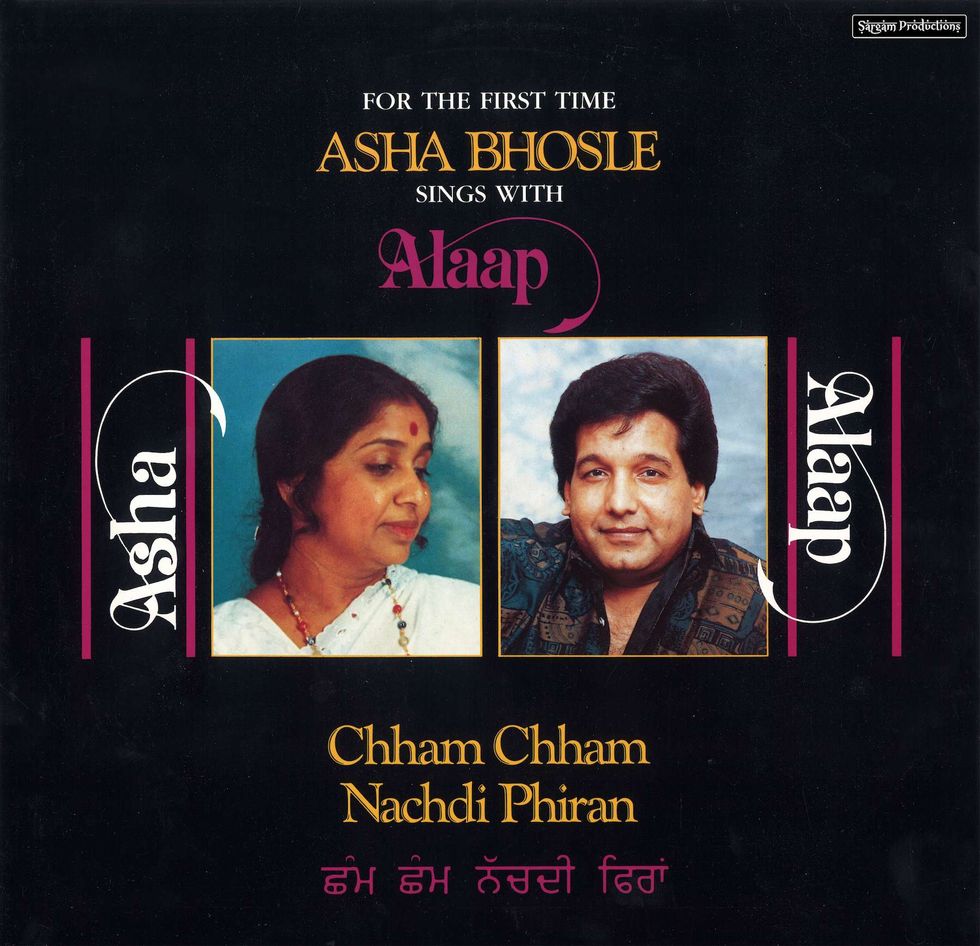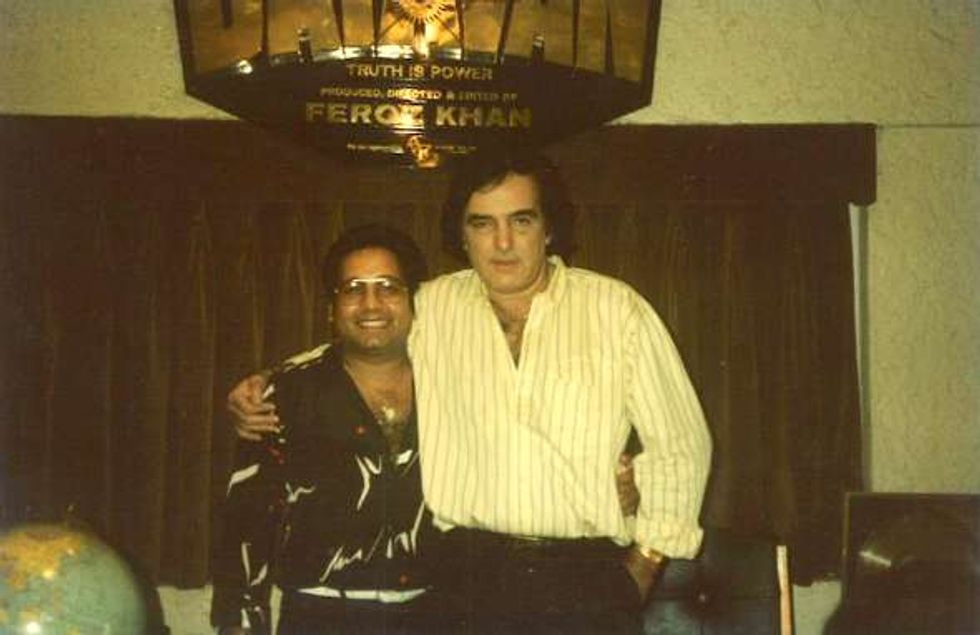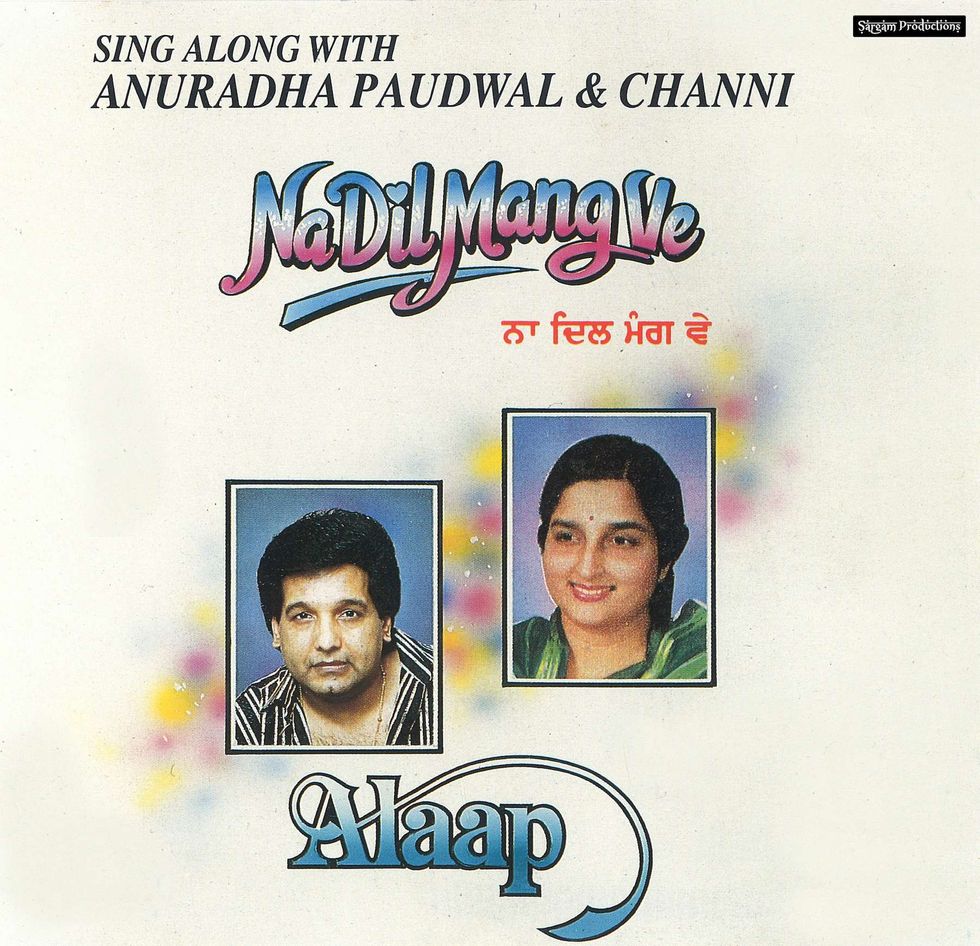SHE may have had a prolific career, but Puneet Bhandal never planned to be a writer.
After completing an MSc in Information Technology, she realised it wasn’t the right path and decided to pursue journalism.
She landed a job as a production assistant at a leading newspaper and became the entertainment editor within six months.
Covering all areas of entertainment, including Bollywood, fuelled that writing passion and triggered a 20-year career, working for a range of publications. This eventually led the London-based author towards her debut novel Starlet Rivals. She has followed up that Bollywood-inspired children’s book with the recently published Melody Queen. The working mother of four balances that writing passion with running an occasion-wear boutique.
Eastern Eye caught up with Bhandal to discuss her books in the Bollywood Academy series, inspiration, and great storytelling.
What inspired your debut book Starlet Rivals?
Being on film sets as a Bollywood film journalist and interviewing the actors, directors, and producers, I realised just how rife nepotism is. I knew about star kids, but the industry felt like one big family where very few outsiders are welcomed or even entertained. That formed the basis of Starlet Rivals, a story about a star kid up against a talented ‘outsider’.
What made you want to create stories centred on a young protagonist?
Children are much more mature than we give them credit for. They see everything with a clear mind and are unpolluted by the world. I like the innocence and strong sense of morality and justice that children have.
Tell us about your newly published second book?
Melody Queen was so fun to write. It is centred around a musical band at the Bollywood Academy stage school. The protagonist, Simi, is the child of a famous Tollywood hero while her mother was a Cgrade Bollywood actress. Her parents want her to act in Bollywood, but she has other ideas.
How does this compare to the first book?
While Bela, the central character in Starlet Rivals, is an ‘outsider’, with working class parents, Simi from Melody Queen has had a privileged upbringing. So, we experience the Bollywood Academy with two very different characters, and they have very different experiences there.
I hope both characters are liked by my readers.
Who are you hoping connects with Melody Queen?
Anybody who wants a certain career but are being told they can’t do it – especially if that’s because their chosen career is not usual for their gender. I hope we can help to break down gender barriers a little bit. I also hope that the book highlights how awful it is for ageing actresses in an industry that is so obsessed with physical appearances.
Tell us more about that?
When they hit a certain age – as with Simi’s mum, Radhika – things get tricky. Getting roles is tough and women can be pressured into holding onto their youthful looks for as long as they can, by any means necessary. I hope the next generations can fight against this ageism and gender discrimination.
What made you want to connect the stories from your first and second book to Bollywood?
I loved Bollywood growing up as a kid and used to search libraries for stories about India or Bollywood. They were impossible to find. So, I hope that for kids like me, who yearn to know more about the film industry and India, will enjoy the Bollywood Academy series.
What do you enjoy reading?
I love thrillers and have story ideas for two adult thrillers myself. When I get time, I will write them.

What according to you makes for a great story?
You have to make sure the reader identifies with, and feels empathy for, the protagonist. That will keep them immersed in the story. The more emotions you can invoke, the more likely they are to remain gripped by the book. And of course, add a generous dollop of entertainment, glamour, and sweet moments too.
Is it easier or harder to write for younger readers?
It can be harder to write for a younger audience because you have to keep reminding yourself what young people can or cannot understand. You have to go back to the eight-to-12-year-old you, in my case, because that is my target age range.
What inspires you?
Hearing about people who were never expected to make it, to actually make it.
What can we expect next from you?
Another middle grade series, which I have just started writing. And then, of course, the third book in the Bollywood Academy series.
Why should we pick up your new book Melody Queen?
Music is the soul of Bollywood movies, and this book is all about the music[1]making side of the industry. I think the characters are very relatable and you get to sneak a peek into Tollywood too. Also, the significance and role that social media plays in our lives forms a nice part of the story.
Melody Queen (Lantana Publishing) and available to buy online and in all good bookshops. www.puneetbhandal.com






 Channi Singh OBE — founder and frontman of the pioneering bhangra band AlaapChanni Singh
Channi Singh OBE — founder and frontman of the pioneering bhangra band AlaapChanni Singh Chham Chham Nachdi Phiran (with Asha Bhosle)Channi Singh
Chham Chham Nachdi Phiran (with Asha Bhosle)Channi Singh Channi Singh with Feroz KhanChanni Singh
Channi Singh with Feroz KhanChanni Singh Na Dil Mang Ve (with Anuradha Paudwal)Channi Singh
Na Dil Mang Ve (with Anuradha Paudwal)Channi Singh






